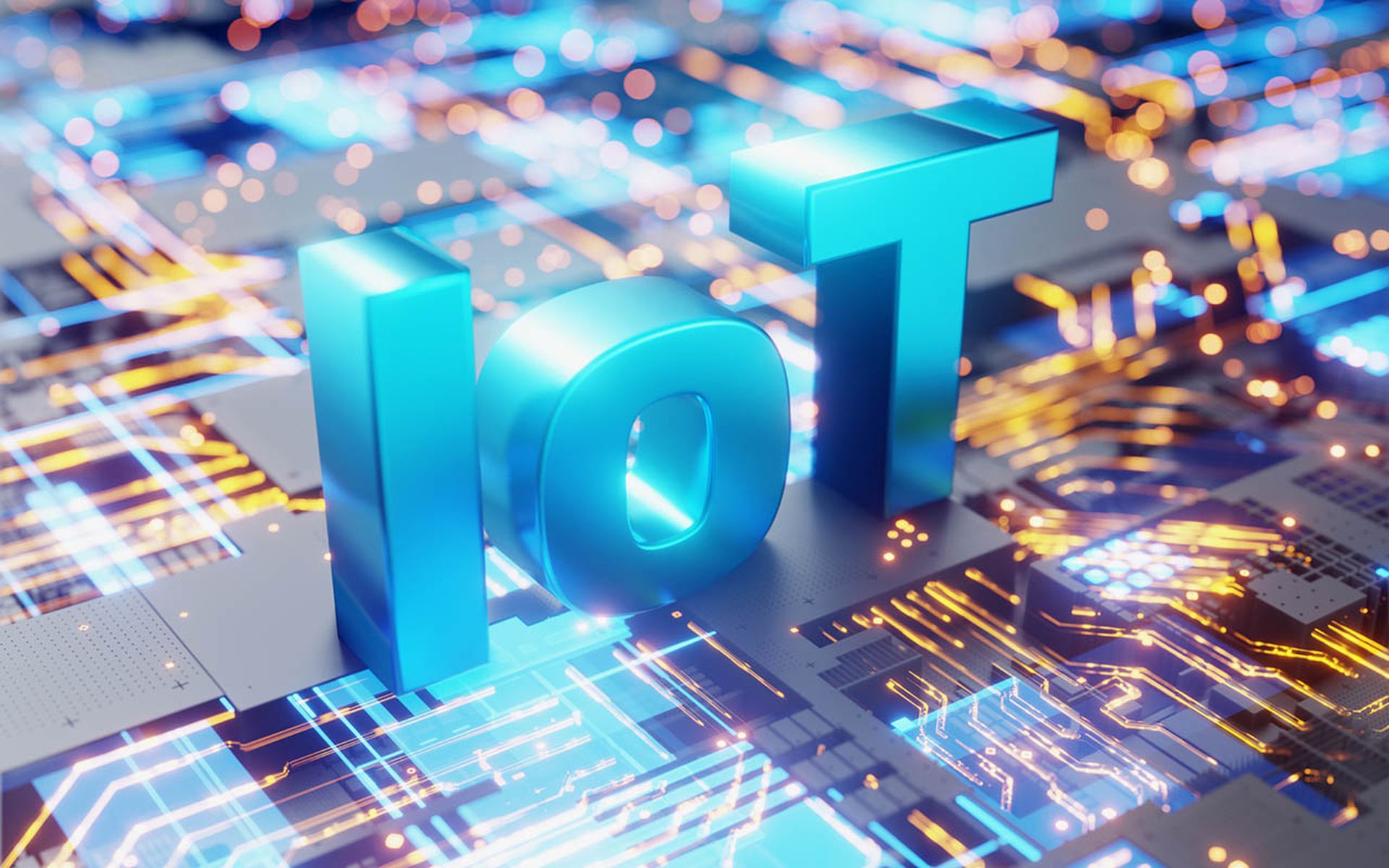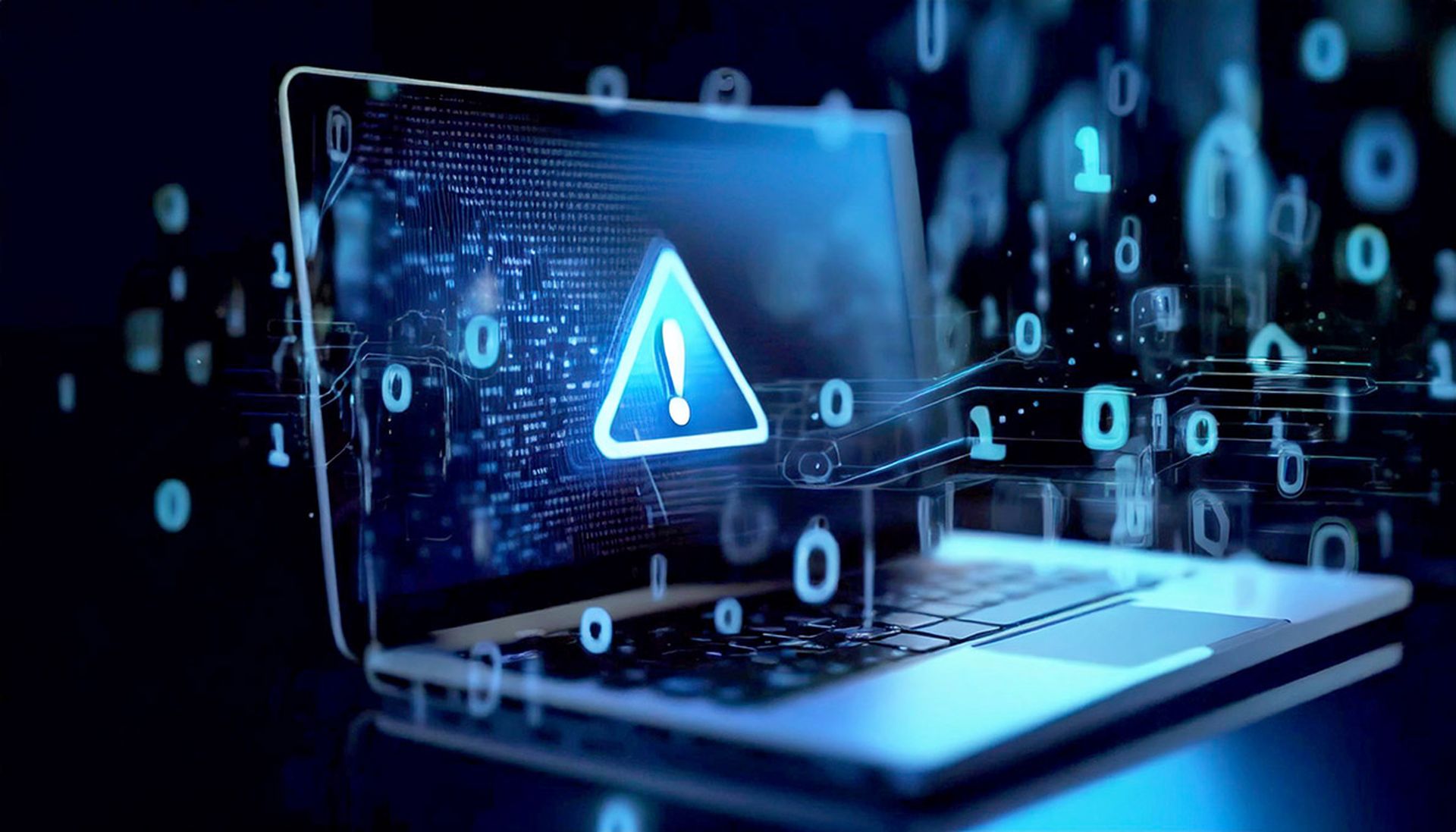The education and research sector has experienced a sharp increase in attacks targeting Internet of Things devices with 131 weekly attacks per organization — more than twice the global average and a staggering 34% increase from the year before, according to Check Point Research.
In an April 11 blog post, Check Point, reported observing an increase in IoT attacks across all regions and sectors. Europe had the most attacks, with an average of almost 70 per organization every week, followed by the Asia-Pacific region with 64, Latin America with 48, North America with 37 (which had the largest increase from 2022, with 58%), and Africa with 34 weekly IoT cyberattacks per organization.
“We generally see the education sector with high volumes of cyberattacks, so it’s no surprise that it’s high for IoT vulnerability exploits as well, especially considering these institutions have multiple networks and many connected devices,” said Omer Dembinsky, data group manager at Check Point Software.
Check Point said the IoT devices attacked by threat actors range from a variety of common IoT devices such as routers, IP cameras, and digital video recorders to network video recorders, and printers.
“Cybercriminals are aware that IoT devices are notoriously one of the most vulnerable parts of the network,” said the researchers, who added that most are not properly secured or managed, and many IoT devices have default passwords, all of which combined gives attackers a foothold into corporate networks.
The dramatic rise in IoT weekly attacks has been driven by a few factors, including the rise in vulnerabilities in open source software, the long-time IoT devices spend in the supply chain, and poor installation practices where firmware and default passwords are not changed, said Bud Broomhead, chief executive officer at Viakoo.
“Education as the most impacted vertical makes sense, as the variety, age and cyber hygiene of IoT devices in education would make them more exploitable,” said Broomhead. ”However, all verticals should be concerned about these findings and ensure that IoT devices are installed and maintained with current firmware, strong passwords, and certificates. Organizations that do not already include IoT devices in their overall security posture and governance should make it an urgent priority, especially given the growth shown in this study.”
Mike Parkin, senior technical engineer at Vulcan Cyber, added that IoT devices are often overlooked as a threat surface in many environments. Parkin said they are often especially difficult, if not impossible, to patch, which makes them significantly harder to secure when exposed.
“Even devices without a lot of computing power can be inviting targets, as they can make useful springboards into the rest of the environment,” said Parkin. “Organizations need to be aware of the IoT devices in their environments and make sure they're deployed and secured correctly, and kept up-to- date on security patches when they're available. They may seem harmless, but they can't be ignored.”




